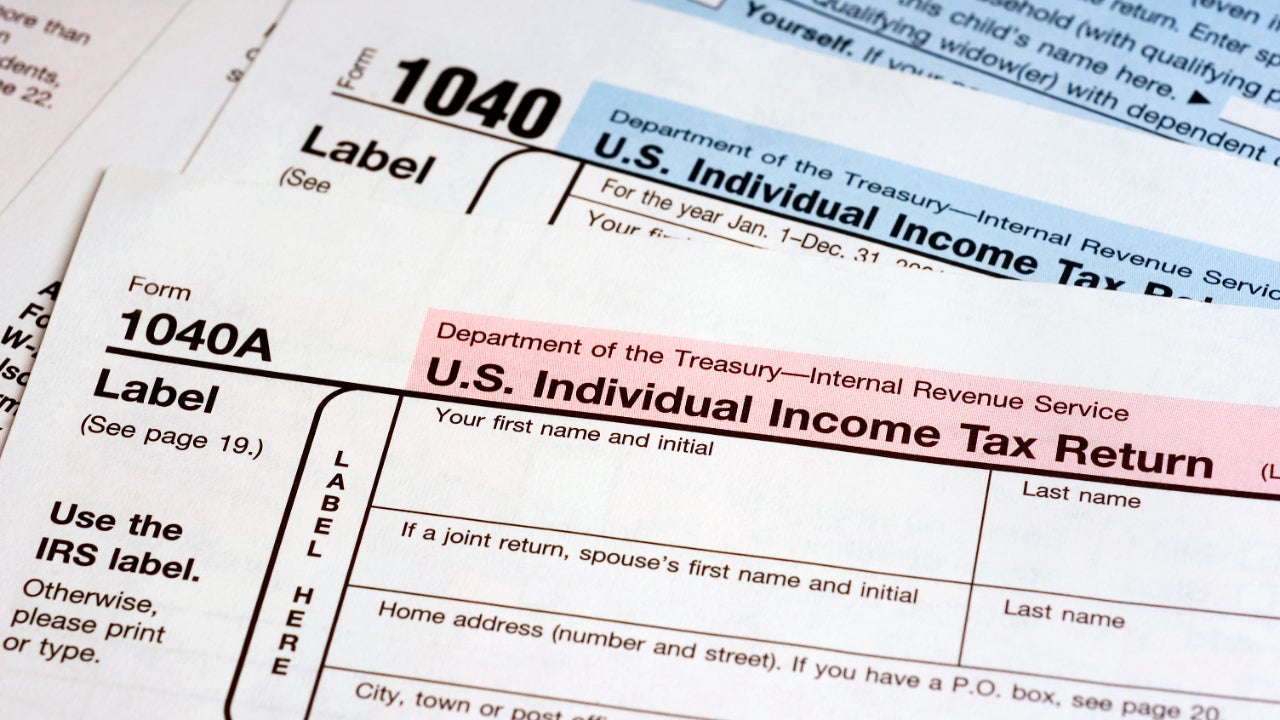
Key takeaways
- A 1099 worker is a self-employed individual that performs tasks or provides services to a company.
- A W-2 employee is a worker employed by a company that has full control over how the employee performs their work.
- You might hire a 1099 worker when you need projects completed without much oversight or for short-term projects.
- You might hire a W-2 employee to cover ongoing projects that you need completed in specific ways.
When you work for another person or a company, you typically sign a contract or agreement laying out the terms of your relationship and how you’ll get paid. There are two main ways to describe a working relationship between a worker and a company, with the names for these relationships coming from the relevant tax forms.
You can either work as a 1099 worker or a W-2 employee.
What is a 1099 worker?
Form 1099 is an IRS tax form used to report miscellaneous income. When it comes to work relationships, being a 1099 worker means you’re not employed by the company paying you. Instead, you’re working on a freelance or gig basis.
Unlike a W-2 employee, you are not a formal employee of the business and aren’t entitled to things like time off, benefits, holiday pay, etc. You’re also considered self-employed and have to handle paying taxes on your own, including employer taxes.
But you’re free to work when and where you want as long as you accomplish your tasks to the company’s liking.
What is a W-2 employee?
Form W-2 is an IRS tax form that serves as a wage and tax statement for employees. Each year, your employer sends you a W-2 form outlining what you earned and any taxes deducted from your paycheck.
When discussing employment relationships, working as a W-2 employee means you’re a full employee of the company that is paying you. Your relationship is governed by employee/employer law, and you’re entitled to various employment protections, paid time off and employee benefits.
At the same time, you need to listen to your employer if they require that you perform your work in a specific way, at a specific time or location.
1099 worker vs. W-2 employee
Whether working as a 1099 vs a W-2 employee, you’re getting paid for your labor. But 1099 workers are self-employed and must pay their own employer taxes, while W-2 employees work for a company that pays benefits and taxes. The differences between the two types of workers:
| 1099 Worker | W-2 Employee |
|---|---|
| Usually paid per task | Usually paid for time spent working |
| Pays both employer and employee taxes | Pays only employee taxes |
| Not eligible for benefits like vacation, sick time, insurance, etc. | Eligible for benefits like vacation, sick time, insurance, etc. |
| Employer has less control | Employer has more control |
IRS test to determine 1099 vs. W-2 employee
1099 workers and W-2 employees are treated differently by the tax code and employment law. For W-2 employees, companies need to pay payroll taxes and other employer-related costs. They also have to provide legally-mandated benefits.
None of that is true for 1099 workers, so companies often prefer to classify people as 1099 workers to avoid costs. Doing so can get a company in trouble with the law and the IRS, so the IRS publishes common law rules that companies can use to determine how to classify a worker.
The common law rules address three areas that employers can use to assess whether they are hiring a 1099 or W-2 employee:
- Behavorial control: The company maintains control over how the worker performs the work, including specifications or training for how the work is done.
- Financial control: W-2 employees receive reimbursement for business expenses and may receive tools and equipment to perform their work. 1099 workers pay for their own expenses, use their own tools and must pay their own business expenses.
- Type of relationship: The company and worker may write contracts describing the extent of their relationship. If the work is continuous and a key part of the business, the worker may need to be classified as a W-2 employee. If the worker can contract with other businesses, they are likely a 1099 worker.
Questions to ask yourself to determine whether an employee is a 1099 or W-2 employee:
- Does the company control when, where, and how the work is done? If yes, the worker is an employee.
- Does the company require company-provided training? If yes, the worker is an employee.
- Is the relationship continuous? If yes, the worker may be an employee.
- Is the work full-time? If yes, the worker is likely an employee.
- Does the company require the work to be done in a specific order or sequence? If so, the worker is likely an employee.
- If the worker must provide regular reports or updates, the worker is likely an employee.
- Time-based pay is a characteristic of employment. Project-based pay implies a 1099 relationship.
- If the employer provides tools and materials, they’re likely an employee.
- If the worker can work for multiple companies, they’re likely a 1099 worker.
Penalties for misclassifying a worker include:
- Fines
- A need to pay back taxes owed
- Lawsuits from impacted workers
- Jail time
Examples of 1099 workers
You typically want to hire a 1099 worker when you have a specific task or project that you need accomplished. If you don’t need a long-term worker or don’t care about when, where or how something is done, as long as it’s done on time, working with a 1099 worker can be a good idea.
Examples of 1099 workers include:
- Freelance artists, writers or graphic designers
- Gig workers who handle tasks on demand
- Consultants
- Contractors
Example of W-2 employees
If your company needs long-term help from a dedicated worker, it makes sense to hire a W-2 employee. For example, if you want someone to stay at your business and work on a set schedule, you’ll want to hire them as a W-2 employee.
Examples of W-2 employees include:
- Office workers
- Retail employees
- Baristas
- Restaurant cooks
- Hourly employees
- Remote workers whose work you oversee directly and specifically
Bottom line
As a worker, figuring out whether you’ll work as a 1099 vs. W-2 employee is important because it determines your relationship with the employer and how you need to deal with taxes. For employers, determining whether you’re a 1099 employer vs. W-2 employer comes down to the amount of control you have over how workers accomplish their tasks and the benefits you have to provide.
Before agreeing to any work, determine whether it will be a 1099 or W-2 relationship.
Frequently asked questions
-
Yes, as a W-2 employee, your employer will withhold taxes from your paycheck automatically and will pay the IRS half of payroll taxes for you. As a 1099 worker, you’re considered self-employed. That means you must pay both the employer and employee portions of payroll taxes.
-
You will pay more taxes as a 1099 worker because you pay both the employer and employee portions of payroll taxes, including Social Security and Medicare. Employers pay half, or 7.65 percent, of these taxes for W-2 employees and withhold the other half. But 1099 workers are responsible for paying the full 15.3 percent.
-
Working as a 1099 contractor gives you more freedom than working as a W-2 employee. W-2 employees usually work on a set schedule and get paid for time worked. Contractors can work for many companies whenever and wherever they want, often getting paid per task.






